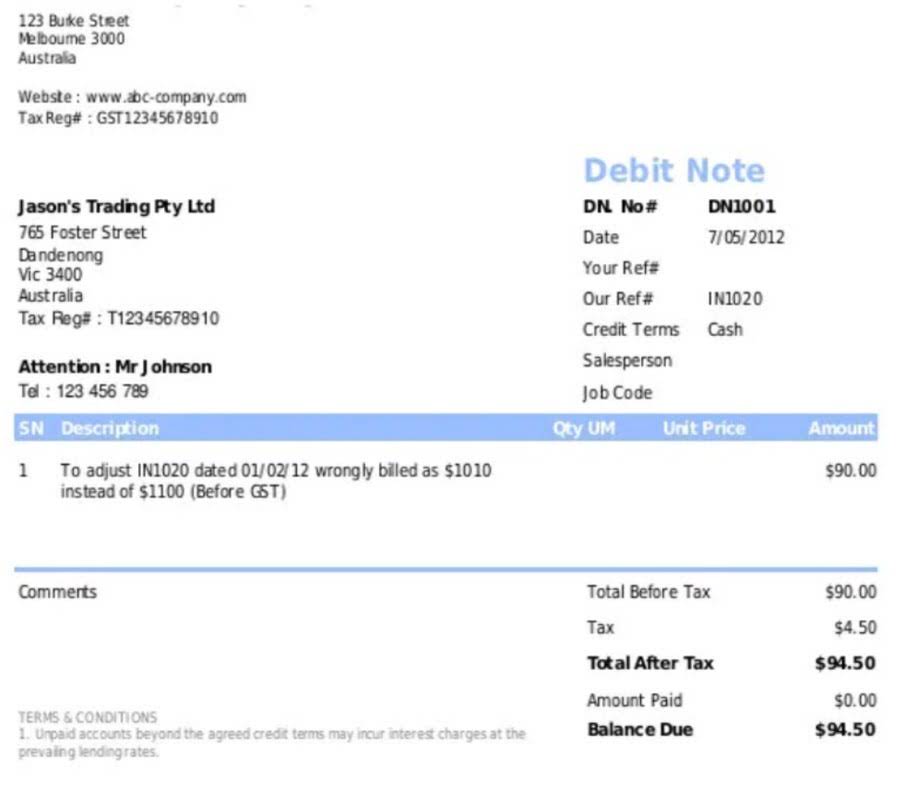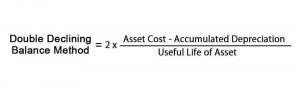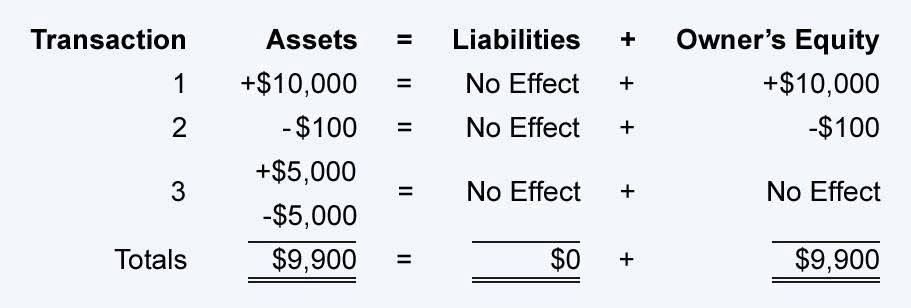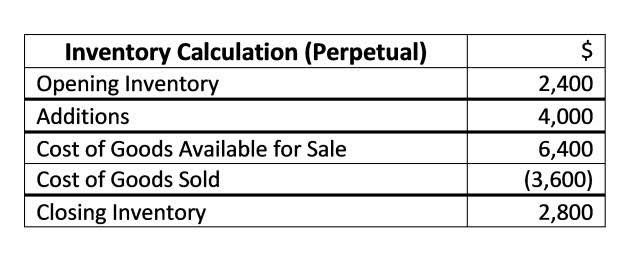This credit typically goes in another account – in most cases, the cash account. Now that we have examined the effects of drawings on the financial statements, let’s delve into the importance of tracking and monitoring drawings in accounting. Now that we have seen some examples of drawings in accounting, let’s explore the effects of drawings on the financial statements of a business. Now that we have a clear understanding of what drawings are in accounting, let’s explore the purpose behind these withdrawals and why they are relevant in financial reporting.
The most common way is to record the transaction as a debit to the owner’s capital account and a credit to the business’s bank account. This has resulted in a total draw of Rs.120,000 from the partnership by the end of the year. The accountant transfers this money to the owners’ equity account by crediting the drawing account with Rs.120,000 and debiting the owners’ equity account with Rs.120,000. Drawing accounts are typically connected with unincorporated businesses such as partnerships and sole proprietorships. This is due to the fact that drawing accounts split the use of a firm’s money and assets from business use to personal use. Drawing in accounting refers to the amounts of money taken out of a business’s account by its owner for personal use.
Online Consultation
Following best practices, such as maintaining transparency, promptly reconciling accounts, and accurate documentation, is crucial for effective management of drawing accounts. To effectively track and manage the withdrawal of funds, businesses utilize drawing accounts. These accounts serve as a dedicated record of money withdrawn from the business over a specific period, typically a year. Drawing accounts are opened at the beginning of the accounting year and closed at the year-end, providing a comprehensive overview of personal withdrawals.
Are drawing balances included in the Income Statement?
If you are using accounting software with bank feeds, once the transaction is reconciled, the double entry is completed for you. Typically, the relevant General Ledger account is referred to as drawings. Drawings are therefore recorded in the balance sheet according to their category. Depending on your business, your draw amount might fluctuate from time to time. For example, during a peak season, you might pay yourself more because you have a higher cash flow.
The definition of the drawing account includes assets, and not just money/cash, because money or cash or funds is a type of asset. It is a current asset of the company and is one of the many assets that can be withdrawn from the business by the owner(s) for their personal use. In this case the asset of cash is reduced by the credit entry as the cash is withdrawn from the business. In addition the drawings account has been debited reducing the owners equity is the business. This account is used to track the amount of money that the owner(s) have withdrawn from the business for personal use. They are a reduction in the owner’s equity account and are recorded as such in bookkeeping.
Accounting Entry for a Withdrawal
This is due to the fact that larger organisations often have a much higher number of stakeholders. Different degrees of ownership might also make it difficult to determine who is entitled to what amounts of money. As a result, major firms often pay wages or distribute dividends to spread their gains. This is especially significant if there is a potential for disagreements over the distribution of cash among the partners.
What impact do drawings have on your financial statements?
Drawings in accounting play a crucial role in reflecting personal withdrawals made by business owners or partners for their personal use. Understanding what drawings are and how they are recorded is essential for maintaining accurate financial records and evaluating the financial health of a business. Drawings reduce the owner’s equity or the amount of investment they have in the business. This is because the funds or assets withdrawn are no longer being utilized for business purposes and instead become personal assets of the owner or partners. In cases where there are multiple owners or partners making withdrawals, it is imperative to keep track drawing definition in accounting of each individual’s withdrawals to ensure equitable distribution of funds or products. Regularly reconciling the drawing account provides an updated understanding of account activity and helps maintain transparency among stakeholders.
Therefore, drawings directly affect the owner’s equity, and are essential for the owner’s livelihood. Owners usually make drawings for personal reasons, such as to cover personal expenses or to simply take profits out of their business. Drawing accounts are transient records that must be balanced at the conclusion of a fiscal year or other period. This can be resolved in a number of ways, such as the owner repaying the loan or having their wage reduced to reflect the amount withdrawn.
- Drawings in accounting are when money is taken out of the business for personal use.
- The owner’s drawings will affect the company’s balance sheet by decreasing the asset that is withdrawn and by the decrease in owner’s equity.
- Drawing, in the context of accounting, refers to the act of withdrawing funds from a business account or company holdings for personal use.
- The owner’s drawing account is not presented as a separate line item on the balance sheet.
- At the end of the year or period, subtract your Owner’s Draw Account balance from your Owner’s Equity Account total.
One of the main reasons for drawings is to provide owners with a source of personal income. Small business owners, especially those operating as sole proprietors or in partnerships, often rely on the business’s profits to support themselves and their families. By making regular drawings, owners can access the funds they require to cover personal expenses such as housing, education, healthcare, and daily living costs. By the end of this article, you will have a clear understanding of the role and impact of drawings on a company’s financial position.
- Instead, drawing balances are reported on the company’s Balance Sheet as an equity account.
- It is a current asset of the company and is one of the many assets that can be withdrawn from the business by the owner(s) for their personal use.
- The drawing account is then used again in the next year to track distributions in the following year.
Drawing accounts are frequently used by companies that undergo taxation under the assumption of being partnerships or sole proprietorships. It is frequently necessary to record owner withdrawals that come from corporations that are subject to separate taxation as dividends or compensation. In this article, we explored the definition of drawings and their purpose in accounting. We examined various types of drawings, including cash withdrawals, asset transfers, personal use of company resources, and non-cash withdrawals. We also discussed different methods of recording drawings, such as using a separate Drawings account or subtracting from the owner’s or partner’s capital account.
It’s important to note that the specific type of drawing may vary depending on the business’s structure, legal requirements, and the agreement between the owners or partners. Regardless of the type of drawing, it is crucial to accurately record and track these transactions in the business’s accounting system to maintain the integrity of financial records. Regarding recording drawings in accounting, one can use a few different methods.
Additionally, drawings should not be confused with dividends, which are distributions made to shareholders of a corporation based on the company’s profits. Drawings in accounting are an essential concept to learn when it comes to understanding how a business’s finances are managed and how the company is taxed. It is virtually necessary in certain organisations since, in the case of sole proprietorships and partnerships, the owner and the business are not independent entities. The Income Statement is a financial statement showing a company’s revenues and expenses over a year, typically one year. Drawing balances are not considered part of the company’s regular income and expenses, so it is not included in the Income Statement.
A Drawing Account is a temporary account that is used to record cash withdrawals made by the owner of a business. It is a type of account that is used to track the money that the owner takes out of the business for personal use. Drawings create a double entry in the accounts and typically occur as a withdrawal from a cash account, bank or asset. They appear as a debit to a drawing account and credit to cash, bank or asset. Any type of drawings reduce the capital or owner’s equity of a business, so it is important to keep track of these drawings and manage them within your accounts.
When managing drawing accounts, it is essential to adhere to best practices. This includes maintaining clear and transparent records, promptly reconciling accounts, and ensuring accurate documentation. By following these practices, businesses can effectively manage their financial transactions and maintain the integrity of their accounting processes. The remaining sum is subsequently debited and transferred to the principal owner’s equity account. Afterward, the drawing account is reopened and utilised for tracking payouts once more the year after. By maintaining transparency and accurately documenting drawings, businesses can make informed financial decisions and ensure the overall success of the business.















